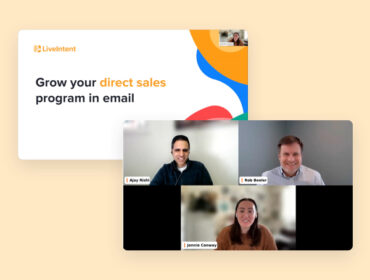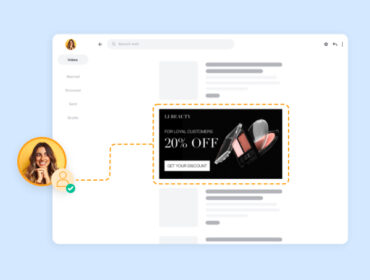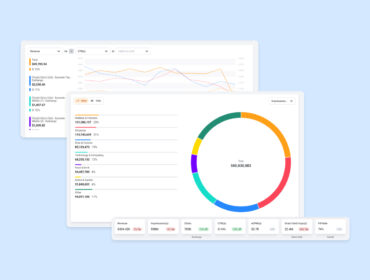Kerel Cooper talks to eMarketer about the beauty of newsletters

What do grocery delivery, online shopping, remote work, and email newsletters have in common? They’ve all been accelerated by the pandemic.
The fourth one might surprise you, but how many newsletters have you read today alone? The need for content has been prolific in these chaotic times, especially among those sheltering in place. And newsletters deliver benefits to customers, publishers, and brands alike.
Kerel Cooper, senior vice president of global marketing at LiveIntent, discussed these advantages in a September podcast with Nicole Perrin, an eMarketer principal analyst at Insider Intelligence. Read on for some of his key insights.
As Cooper explained, newsletters have replaced newspapers in many ways by providing news about the world and local community. “People are getting that information delivered to their inbox now versus their doorstep,” he said.
On the digital side, many publishers and brands are viewing newsletters as a new kind of homepage, according to Cooper. Readers no longer need to visit their top websites each morning. Instead, they can simply open their inboxes to access content they have consented to receive.
Notably, consumers can absorb this information in a controlled environment. “When you’re in your inbox, it’s you and the content,” he said. “You can consume it how you want, when you want, without all the noise around it.”
Seek a marketing and editorial equilibrium
Meanwhile, publishers and brands can monetize their newsletters with ads. Advertisers can leverage this email inventory to sell products, re-engage customers and grow subscriber lists.
But do ads divert attention from a newsletter’s editorial content? Not if there’s the right balance between the two, Cooper said. He noted that LiveIntent speaks to every new client about the optimal number of ads to put in their newsletters. For General Mills, for example, we created a strategy that increased email revenue by 26% without disrupting the subscriber reading experience.
Prioritize good creative
Cooper also reminded listeners of the importance of strong creative – without it, putting the right message in front of the right user in the right platform is a wasted opportunity. He shared three tips for an email acquisition campaign. (They’re among the best practices we highlight in our new ebook about display ads in email):
- Showcase the value of what you are providing.
- Keep the ad simple – remember, there’s no JavaScript within email. Opt instead for standard GIFs, JPEGs, and native ads.
- Set up a landing page that reinforces the messaging of your ad and makes it easy for someone to sign up or buy a product.
Include email in a first-party approach
Cooper and Perrin also discussed how email can play a big role in first-party strategies moving forward as the cookie fades away.
Email is a permission-based channel with tight regulations around privacy, Cooper noted, and it’s a “digital passport” for nearly everything consumers do online, like logging into a social platform or making a purchase. In fact, one reason LiveIntent’s identity graph is so valuable is because it’s centered around the email hash.
Today, for good reason, many publishers and brands are focused on growing their subscribers. Cooper said some are even creating new products within the inbox to keep consumers engaged.
“You can actually start to rely much more on the engagements within newsletters to impact and inform your marketing and your content strategy moving forward,” Cooper said. “So it’s super important in many ways.”


